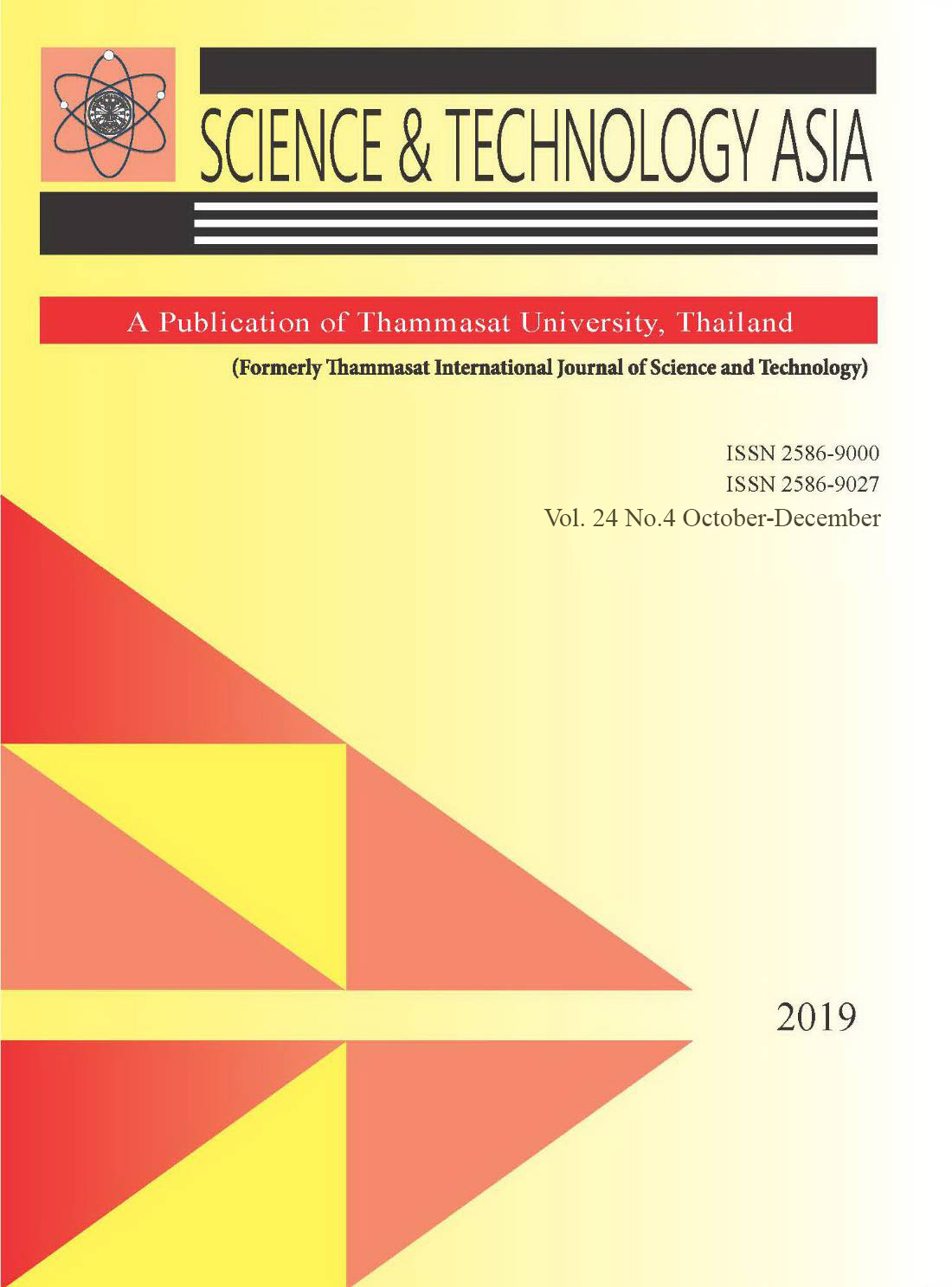Evaluation of Hypertonic Saline-Sodium Hydroxide Method for Concentration of Sputum Samples for Mycobacterial Culture
##plugins.themes.bootstrap3.article.main##
摘要
Mycobacterium tuberculosis complex (MTBC) is a major causative agent of public health problems. Nontuberculous mycobacteria are also increasingly encountered worldwide. Acid-fast bacilli (AFB) staining and culture are conventional methods used for mycobacterial identification. The aim of the study was to compare the performance of the two methods for AFB staining and culture, i.e. The hypertonic saline-sodium hydroxide (HS-SH) technique was compared with the N-acetyl-L-cysteine-sodium hydroxide (NALC-NaOH) method for AFB staining and cultivation. A cross-sectional study was conducted in a tuberculosis laboratory of the 3rd Office of Disease Prevention and Control, Nakhon Sawan Province, Thailand, during October 2015 to September 2016. Totally, 427 paired samples of sputum were digested and decontaminated by HS-SH and NALC-NaOH methods. After concentration, the processed samples were cultured in Löwenstein–Jensen (LJ) media and Mycobacteria Growth Indicator Tube (MGITs). The direct smear detection before and after concentration of the sputum by both methods was also examined. To evaluate HS-SH method, sensitivity, specificity, positive predictive value (PPV), negative predictive value (NPV), accuracy and kappa were analyzed. The positive rates of AFB smears by both concentration methods were significantly higher than the direct method (P=0.032). The HS-SH method was highly comparable to the traditional NALC-NaOH method for microscopy and culture in LJ media and MGITs (kappa=0.96, 0.59 and 0.45, respectively) with no statistically significant difference. Sensitivity, specificity, PPV, NPV and accuracy of the HS-SH method for cultivation was 96.3%, 100.0%, 100.0%, 94.5% and 97.7%, respectively. The conclusion, The HS-SH method demonstrated good sensitivity, specificity, PPV, NPV and accuracy similar to NALC-NaOH method for sputum digestion and concentration of both microscopy and culture with low cost and workload.


